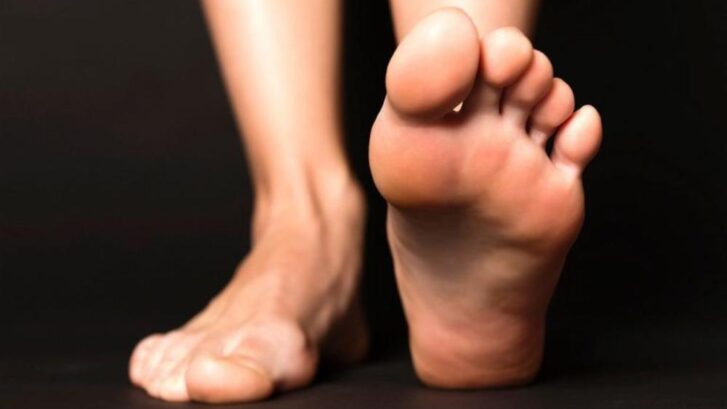Peripheral arterial disease (PAD) is caused by the hardening of the arteries, which is a result of fatty deposition in the blood vessels. As the arteries become stiff and narrow, the blood supply to the limbs is reduced.
If left untreated, reduced blood circulation may result in ulcers or even gangrene (death of body tissues). In severe cases, it may also require a limb amputation to prevent the spread of the damage and save your life.
This especially holds true for people with diabetes. About 15% of the people with diabetes develop a non-healing ulcer, and about one in every four individuals will need a foot or a toe amputation.
The best way to prevent amputation is to diagnose PAD at earlier stages and prevent its complications.
Let’s understand more about how you can prevent amputation.
How To Reduce Your Risk for Amputation?
The primary goal of preventing amputation is managing the risk factors. Some tips that can help you are:
- Educate yourself about PAD symptoms
- Examine your feet regularly for changes in skin temperature or color or presence of sores or injuries
- Practice good foot care and visit a podiatrist regularly
- Quit smoking and avoid passive smoking, too
- Maintain a healthy diet and reduce the intake of unhealthy fats, carbohydrates, salt, and include more vegetables and fruits
- Maintain a normal weight for your height
- Manage high cholesterol levels with medications prescribed by your doctor
- Take medicine to reduce the risk of blood clots, if required
- Limit your alcohol intake
- Keep your blood sugar levels under control and take diabetes medicines as prescribed
- Exercise about 30 minutes a day or more
- Keep your blood pressure levels under the normal range
Foot Care
If you have PAD or diabetes, it is best to pay full attention to the health of your legs to prevent foot ulcers and maintain a healthy blood flow.
Here are some tips for foot care:
- Check for sores or injuries that are slow to heal
- Inspect for the presence of sores or ulcers
- Skin discoloration or problems on your feet and legs
- Unexplained leg cramping
- Poor nail growth
The poor blood circulation of your legs and feet may become severe. Some potential problems are:
- Blisters
- Minor wounds
- Poorly fitting shoes
- Bug bites
- Stopping prescribed medicines
- Skin burns
If you have the mentioned problems, talk to your doctor as soon as possible. Prompt medical treatment is the key to prevent amputations due to PAD.


